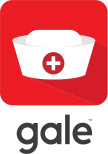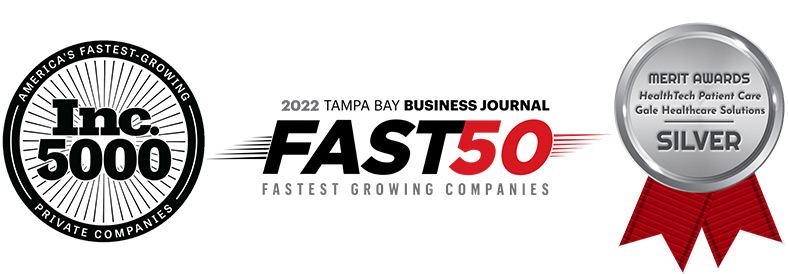
September 27, 2023
ModernHealthcare.com
CRAIN’S CLEVELAND BUSINESS
Paige Bennett
Like many in today’s workforce, Jamir Taylor wants a work schedule that offers flexibility.
Taylor has been a licensed practical nurse for eight years. About a year ago, the Garfield Heights, Ohio resident discovered Gale Healthcare Solutions — a platform that uses an app to connect available nurses with healthcare facilities that need to fill open shifts.
Intrigued by the concept, Taylor signed up for Gale.
Now, the LPN uses the platform one to three times a week to pick up shifts at assisted-living centers and long-term care facilities in Greater Cleveland.
Taylor is one of roughly 600 nurses in the Cleveland area who use Gale Healthcare Solutions.
The Gale app functions like many popular messaging platforms. Using the company’s app, facility managers post their staffing needs, and available nurses in the local area receive a notification. Nurses set their availability and can accept or decline shifts. Once a nurse takes a shift, it appears on the healthcare facility’s schedule.
Tony Braswell, the company’s founder and president, said the platform’s goal is to give nurses the ability to work flexibly while also helping healthcare systems decimated by staffing shortages fill critical roles.
Nurse shortages are affecting hospitals and facilities across the U.S., including in Ohio.
In May, the Ohio Nurses Association issued a “code red” warning in light of the ongoing labor shortage. At the time, the agency reported that thousands had left the industry because of difficult working conditions and that many who remained felt burned out.
Sixty-four percent of nurses reported feeling stressed, and 57% reported feeling exhausted, according to a 2023 survey of nurses from the American Nurses Foundation.
“Nurses are quitting,” Braswell said. “They love being a nurse, but they just physically can’t be and mentally can’t be a nurse for much longer.”
His goal with Gale — named after Florence Nightingale — is to give nurses more control over their schedules, preventing burnout and keeping them working in the industry.
“People today more than ever want flexibility in their lives,” Braswell said. “They want to work when they want to work. They want to get paid when they want to get paid … Our technology, being a two-sided marketplace, allows us to have flexibility.”
How nursing organizations view this evolution is, though, is still unclear. For its part, the Ohio Nurses Association declined to comment because it was unfamiliar with the platform.
And a spokesperson for the National League for Nursing said the organization could not provide comment on how the gig economy could affect the nursing industry as the concept is still new.
Braswell has worked in the healthcare staffing industry for 32 years. He has first-hand experience fielding phone calls from nurses and facilities, trying to find nurses to fill open shifts. He also understood the challenges healthcare systems faced with the payroll process and keeping up to date with staff credentials to ensure compliance.
He was working one day in 2016, when he got a notification from Amazon, informing him that his college-aged son had ordered a bottle of ketchup to his dorm room.
At first, Braswell couldn’t believe his son had used a delivery service for such a small purchase. But then, he realized the idea behind on-demand service platforms like Uber and Amazon could be applied to staffing in the healthcare sphere.
Less than six months later, he launched Gale. The platform has since grown to 68,000 nurses in the U.S. — and nearly 8,000 in Ohio.
In the Cleveland area, Gale works mainly with post-acute care facilities and nursing homes, rehab centers and assisted-living facilities, said Gale vice president of corporate affairs Sandra Germann in an email.
Gale offers benefits and a same-day pay option to nurses. It also lets them store and manage their credentials within the app, making it easy for facility managers to access them.
Taylor, the LPN, said Gale’s instant pay and benefits were big attractions of the platform.
Both Taylor and Braswell said they expect more nurses to become interested in this type of opportunity as they look for more freedom when it comes to their work life.
“Technology is changing the whole work environment, where people work remote now,” Braswell said. “That nurse, unfortunately, can’t work remotely because the patient can’t come to her house, but she can work flexibly.”
Related: Health systems turning to ‘gig nurses’ to ease staffing issues



